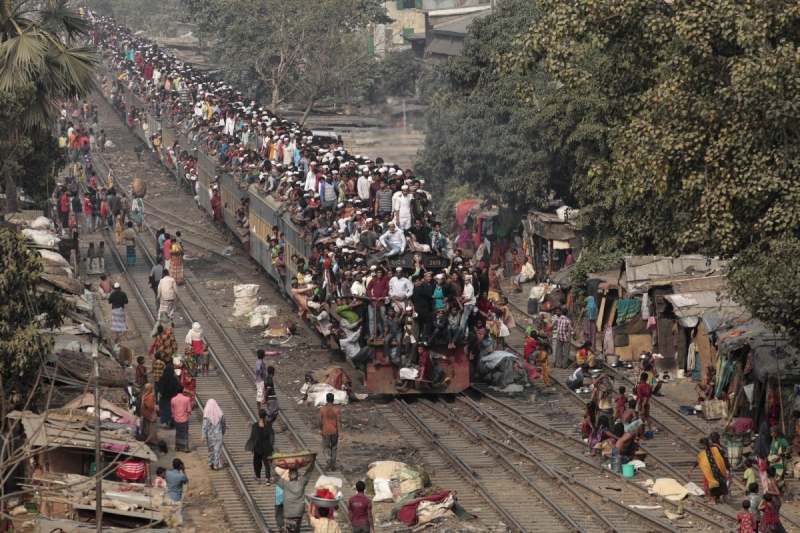
Muscovites spend on average 57 hours a year in traffic jams, according to a study by INRIX. The figure may seem large, but in other cities the situation is even worse – Londoners lose more than five days (101 hours) annually.
However, if we take third world countries, then residents there not only risk being stuck on the road for several hours every day, but are also often deprived of comfort on the road. Natural disasters and other incidents, be they strikes, war, hurricanes, or simply huge crowds of people trying to squeeze into a train, can make the situation even worse. In this article we will show how residents of other countries get to work.
1. Thousands of people in Bangladesh travel to work by boat. In this photo, residents of the capital are hiding from the rain under umbrellas.
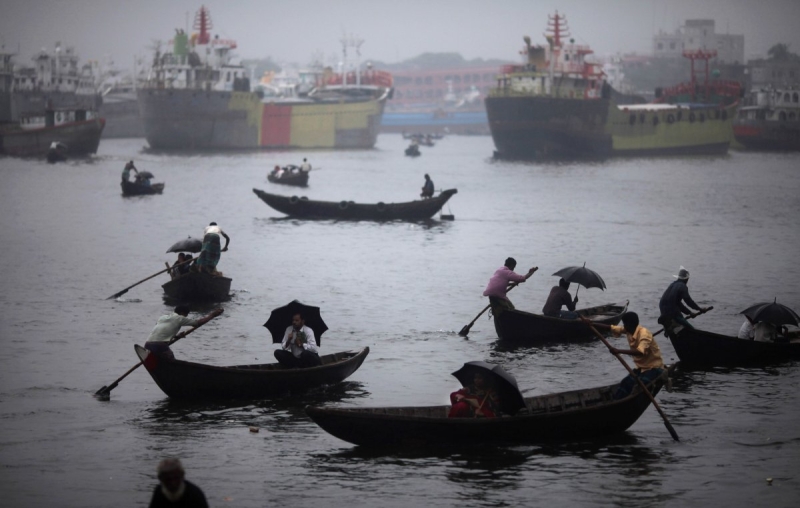
2. Others prefer the train.
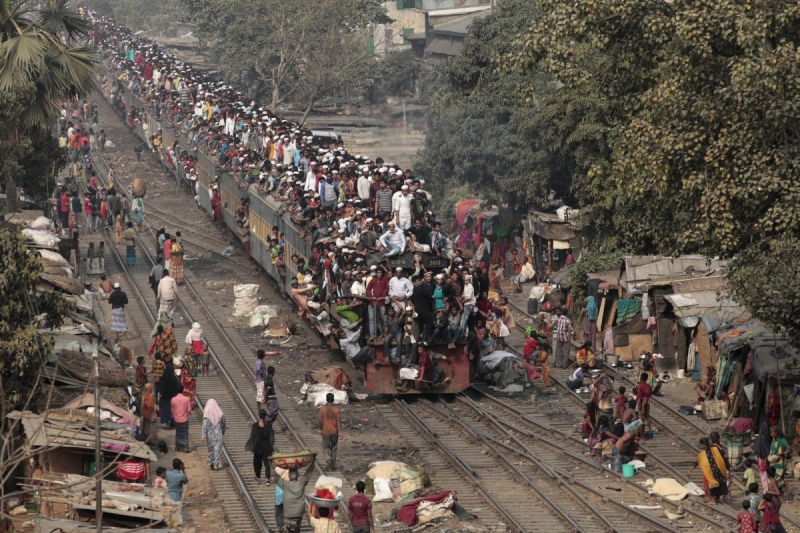
3. Some people even like it.
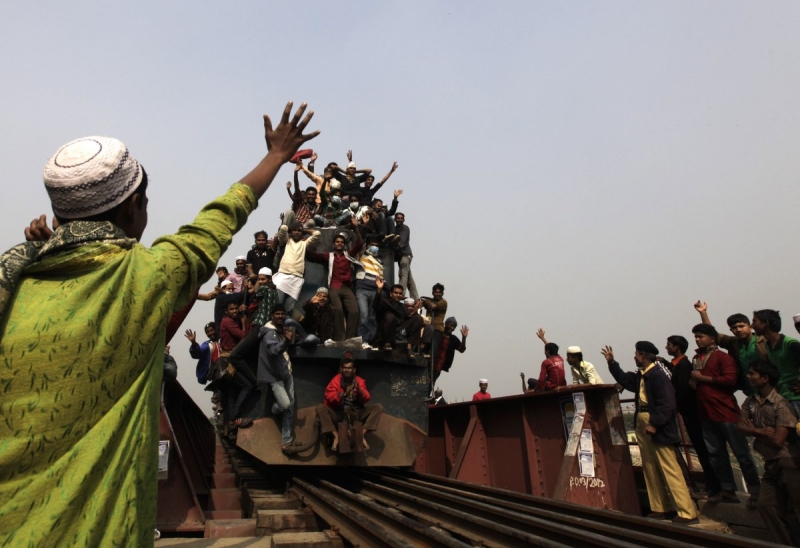
4. Baggage screening in Beijing creates huge queues during rush hours.
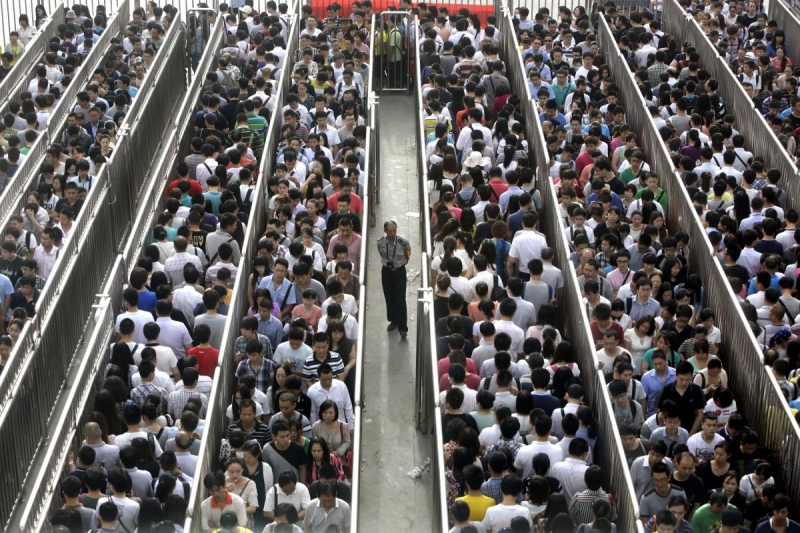
5. In addition, Beijing is suffering an environmental disaster, and residents of the Chinese capital have to travel to work through smog.
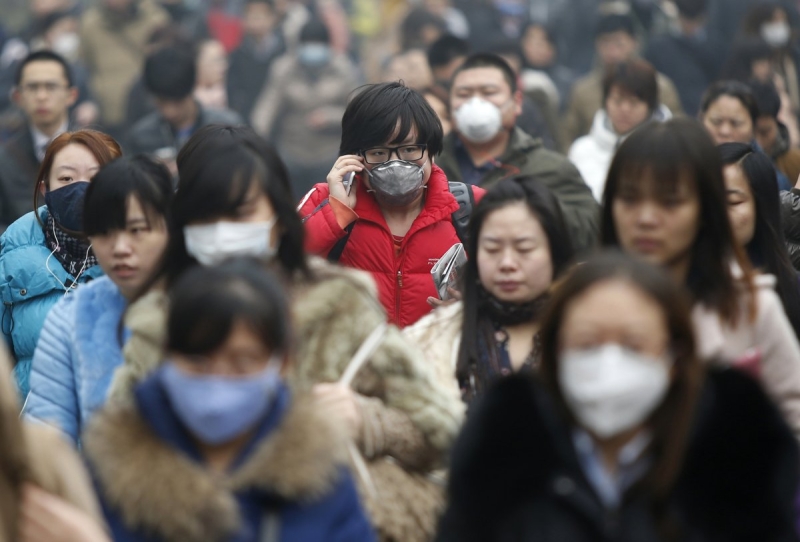
6. Going on a walking tour of Tokyo? Be prepared for a big group!
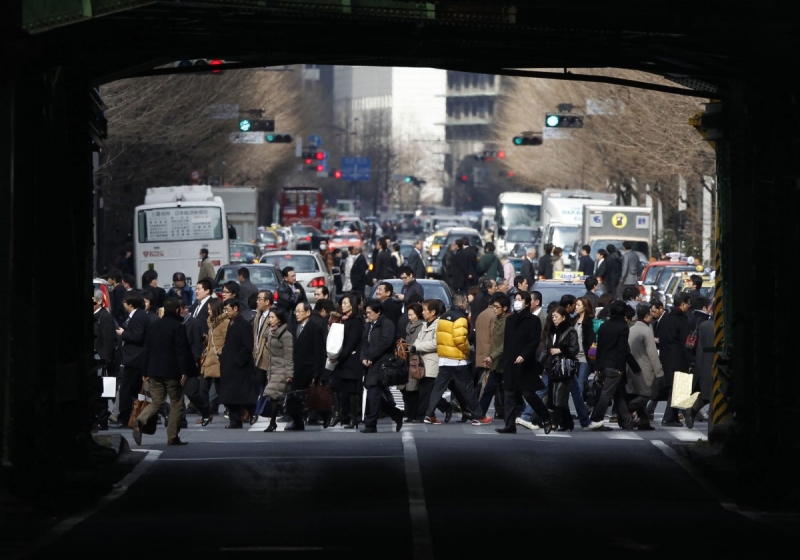
7. The Indian city of Guwahati is flooded after heavy rains, but people still need to go to work.

8. It’s hard to even imagine what happens on a local train in Mumbai.
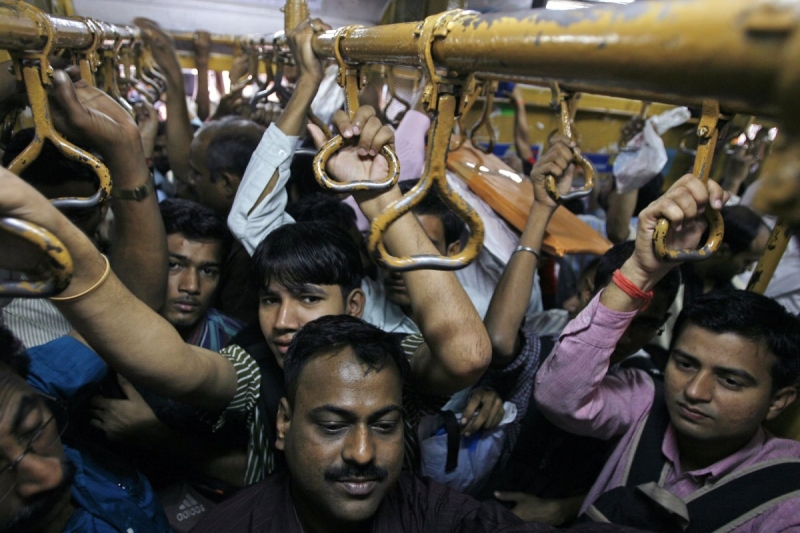
9. Last spring, trips around Bangkok became even longer as the Thai army declared martial law and set up roadblocks at the busiest intersections.
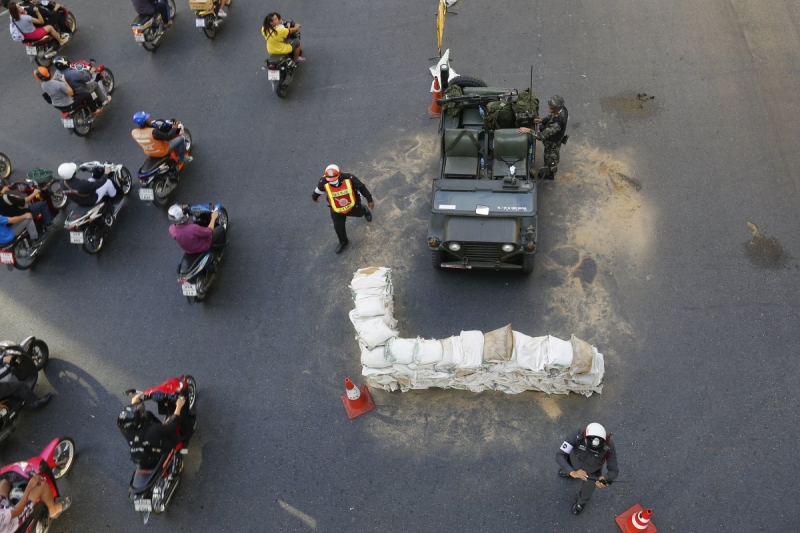
10. In Ukraine, going to work also resembled a foray to the front line.
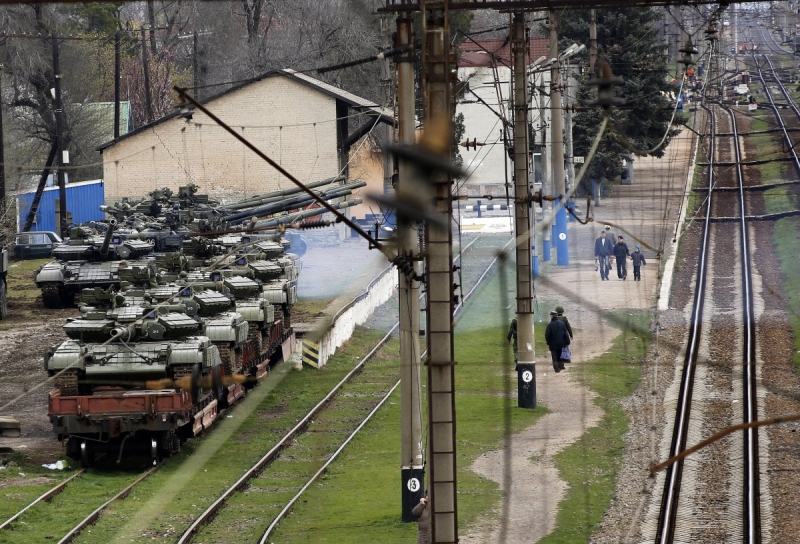
11. To take the train to Colombo, the capital of Sri Lanka, you will need to be patient.
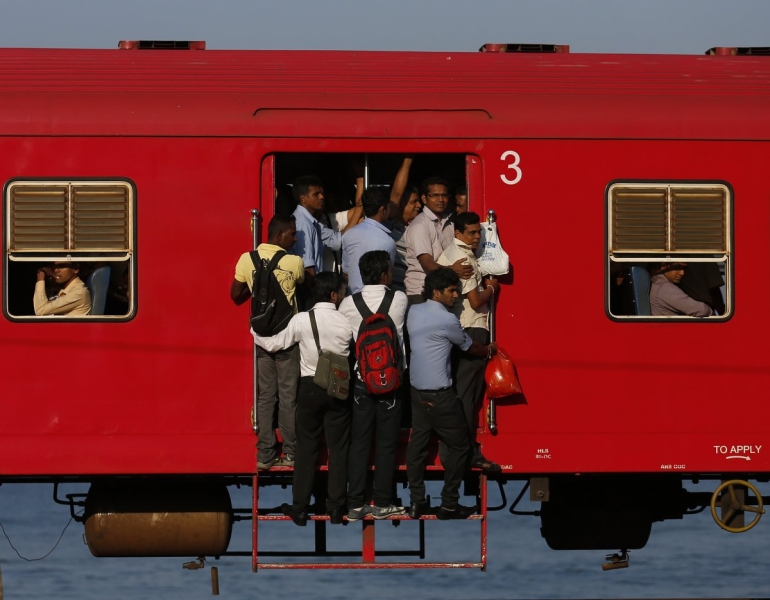
12. With over 37 million motorcycles registered in Vietnam, Ho Chi Minh City is extremely busy during rush hour.
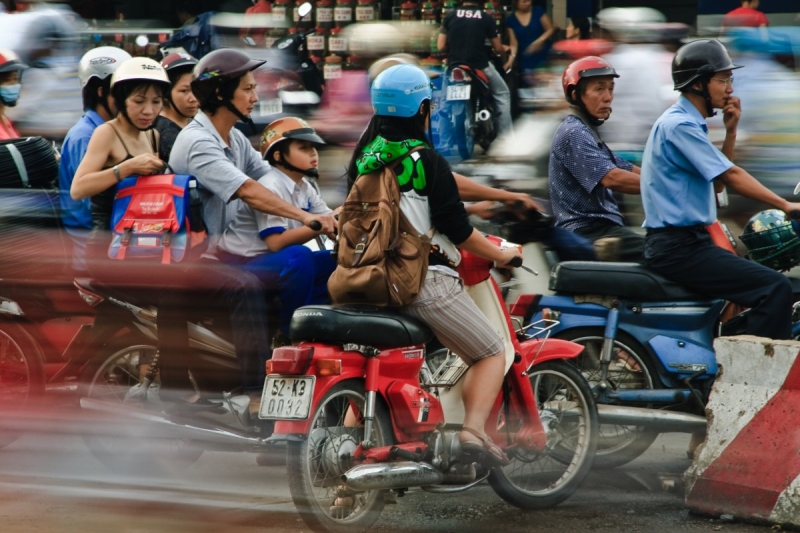
13. Recently, the Nigerian city of Lagos was recognized as the largest in Africa – 21 million people live there. Back in 1970, the population of Lagos did not exceed 1.4 million, so you can imagine what was happening on the roads here.
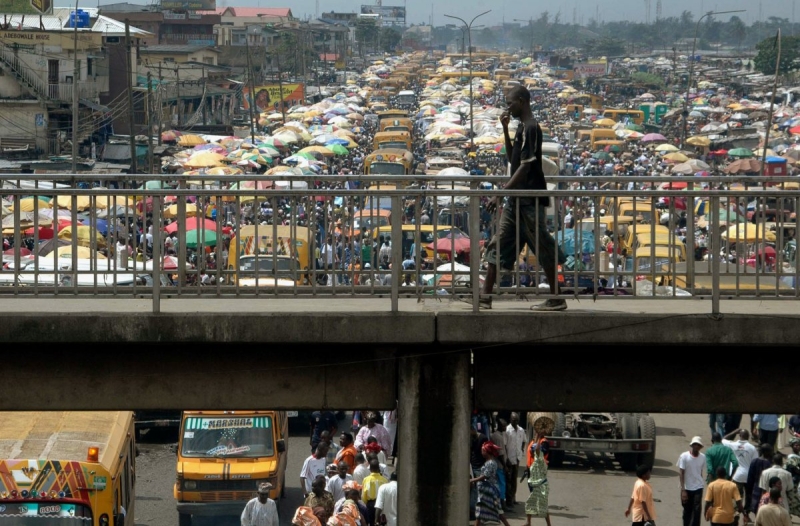
14. Residents of Kenya had to forget about comfortable train travel in 2010, when minibus drivers went on strike.
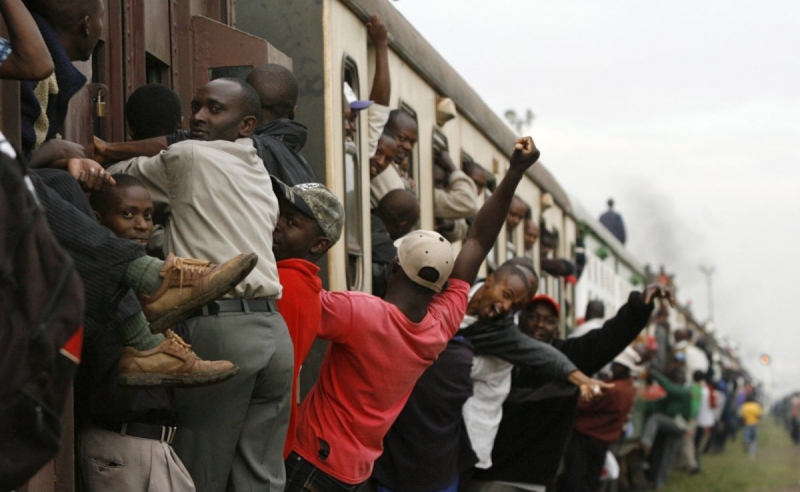
15. Traffic in Cairo is so heavy that it is sometimes difficult to tell where the road ends and the market begins.
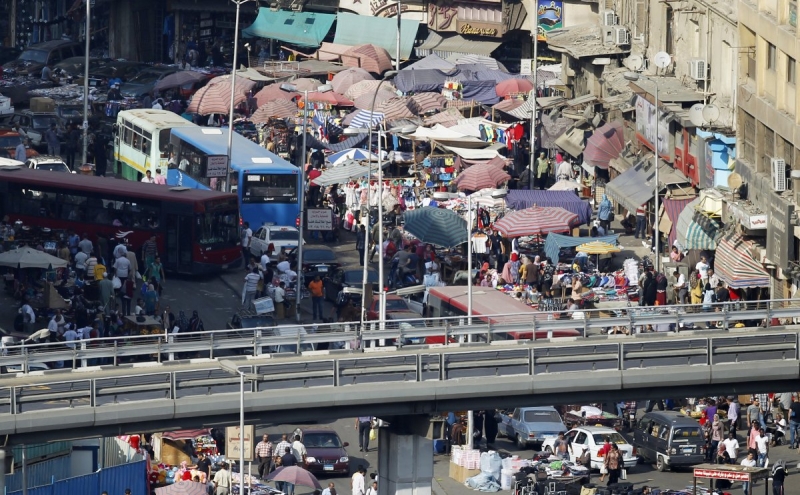
16. A strike by bus drivers in Sao Paulo in May made it even more difficult for city residents to get to work. The photo shows escalators crowded with people at one of the metro stations.
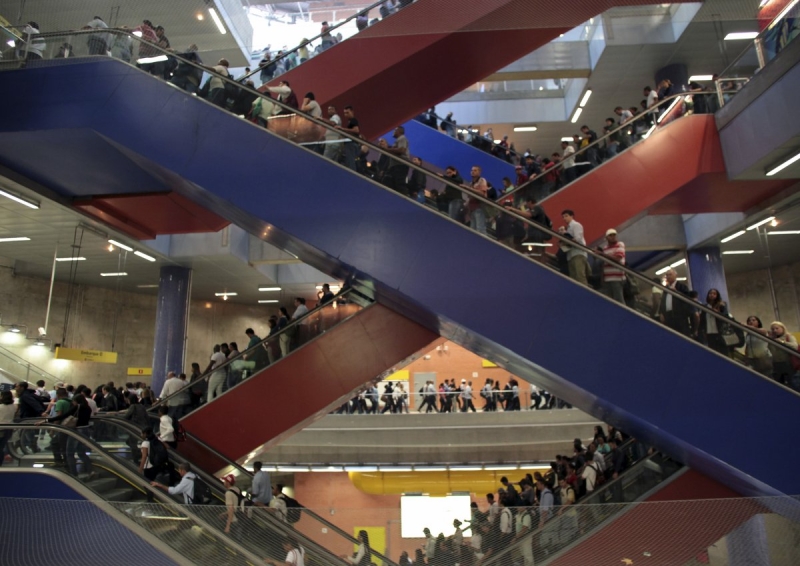
17. Traffic in Sao Paulo is some of the worst in the world, and the local metro can get quite crowded during rush hours.
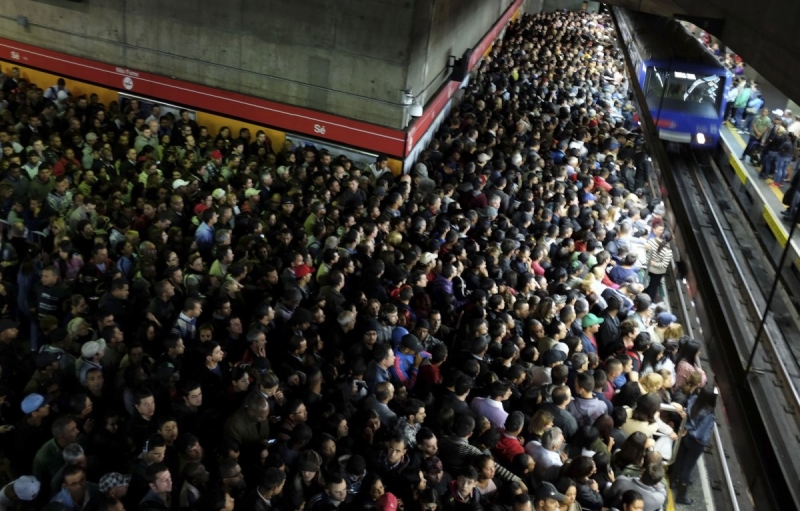
18. Even closing the door can be problematic.
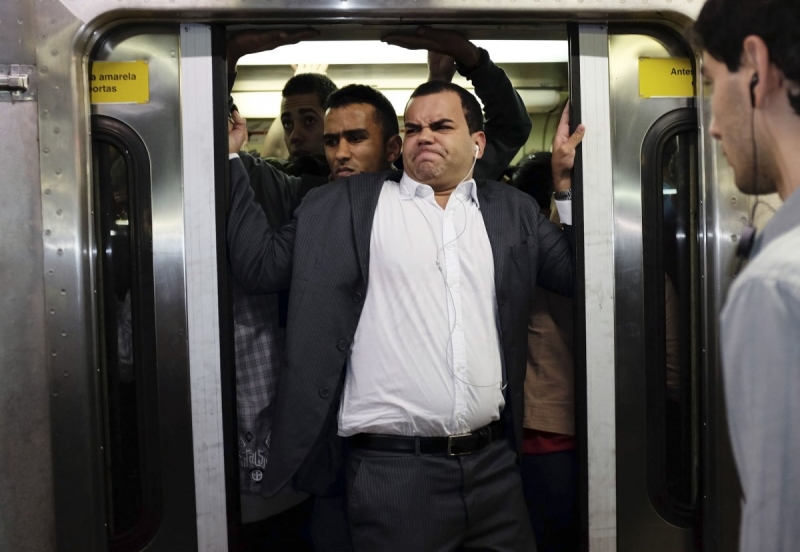
19. Things aren’t any better with buses.
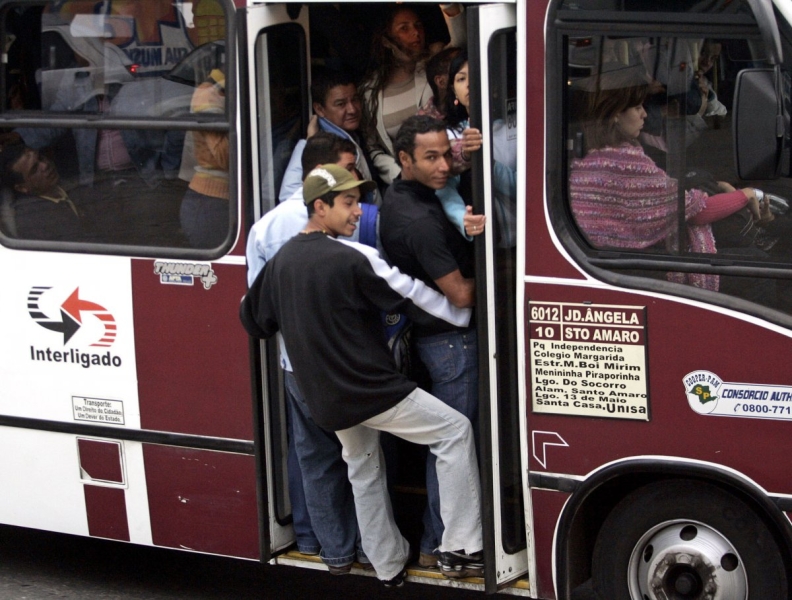
20. However, in Jakarta (Indonesia) people are happy if they manage to find a place on the windshield of a train.
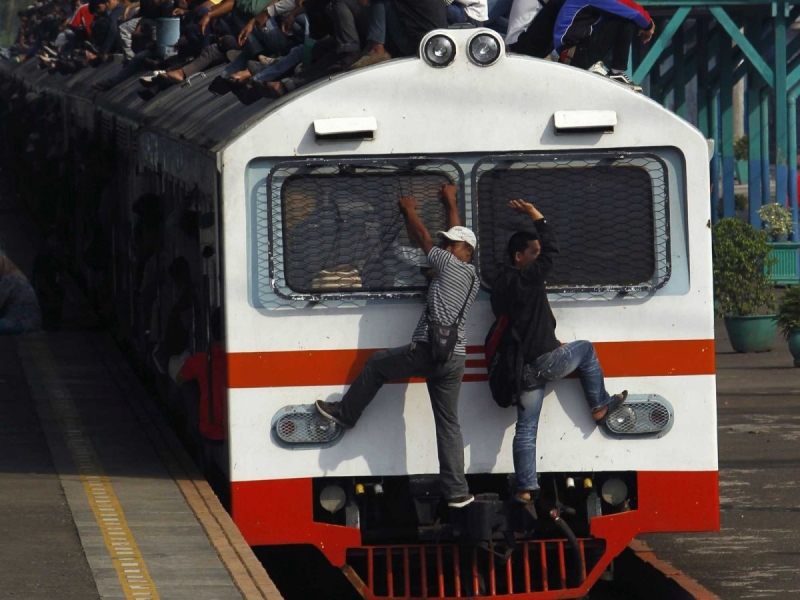
21. The motorcycle driver is unlikely to be happy with so many passengers.
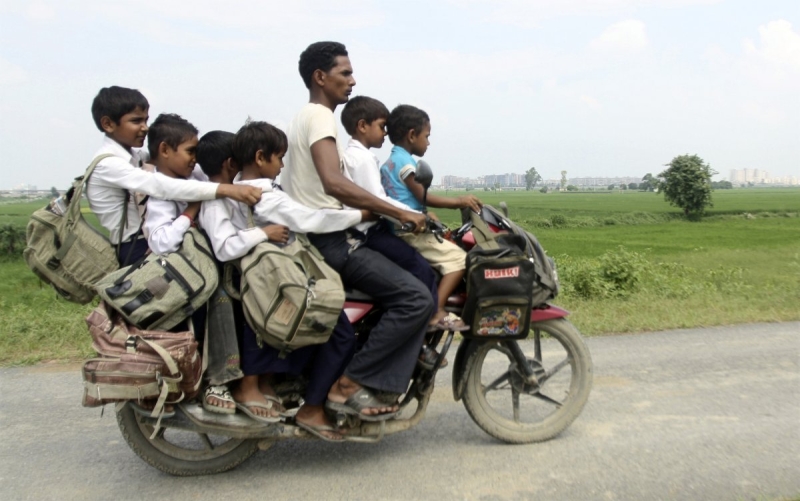
22. But even this does not compare with what is happening on the railway in the Indonesian province of West Java, where only 300 cars serve half a million passengers daily.
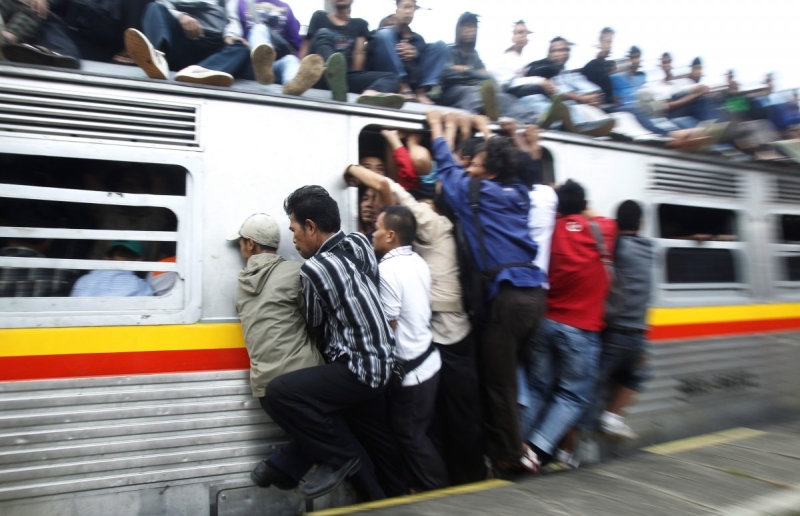
23. Heavy rain doesn’t stop these men from taking a bus, literally, in the Pakistani city of Karachi.
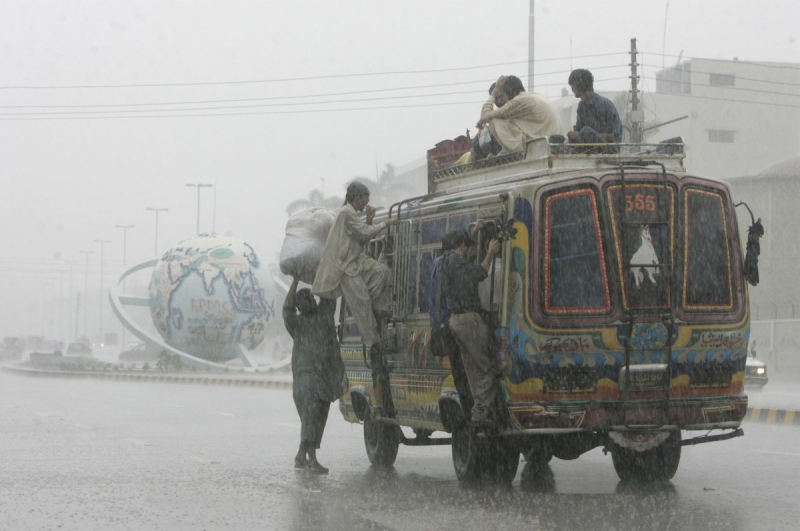
24. Those living on the outskirts of Manila had a particularly hard time when a typhoon washed away a section of a road in the Philippines in 2009.
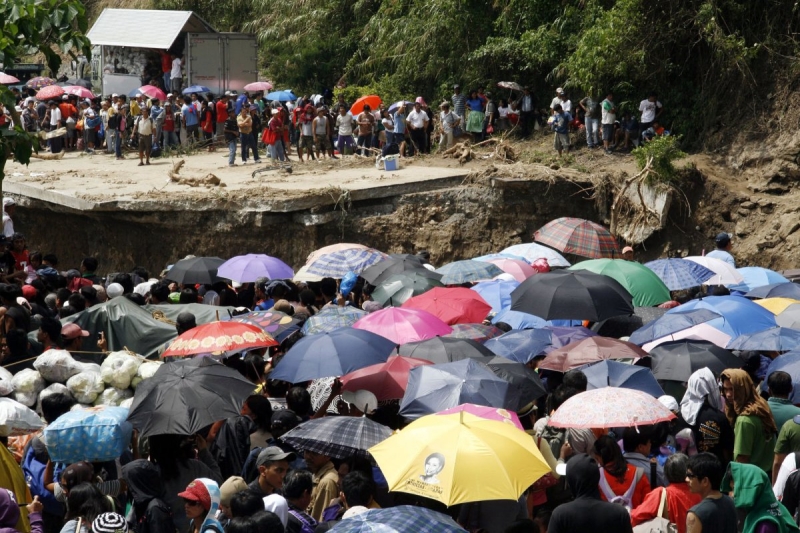
25. Rush hours are quite a busy time at New York’s Grand Central Station.
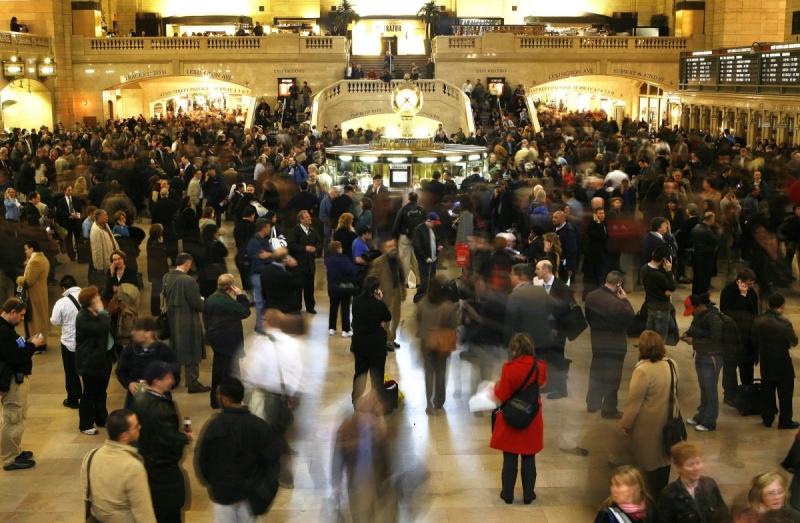
26. Entry into the Holland Tunnel under the Hudson became very difficult after Hurricane Sandy.

27. Google employees were forced to be late for work when demonstrators blocked the road. Residents of San Francisco were unhappy that the influx of visiting IT giant workers, in their opinion, caused a jump in housing prices in the city.
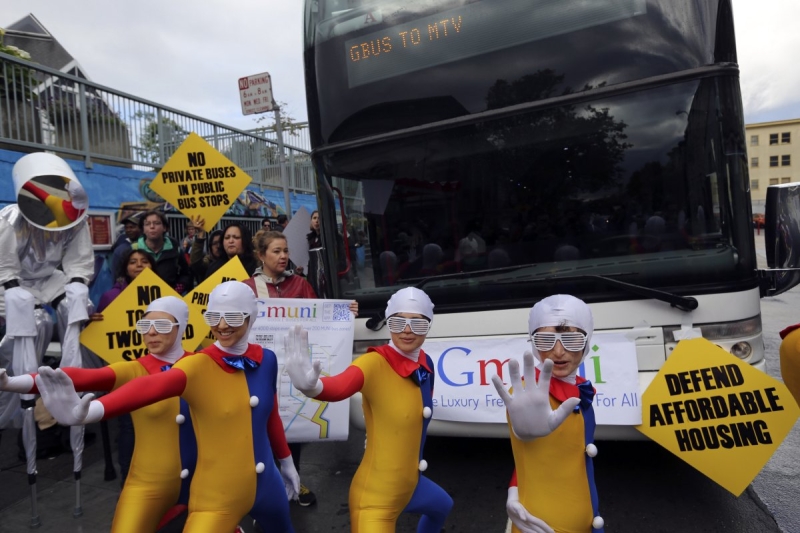
28. Blizzard freezes traffic in Calgary.
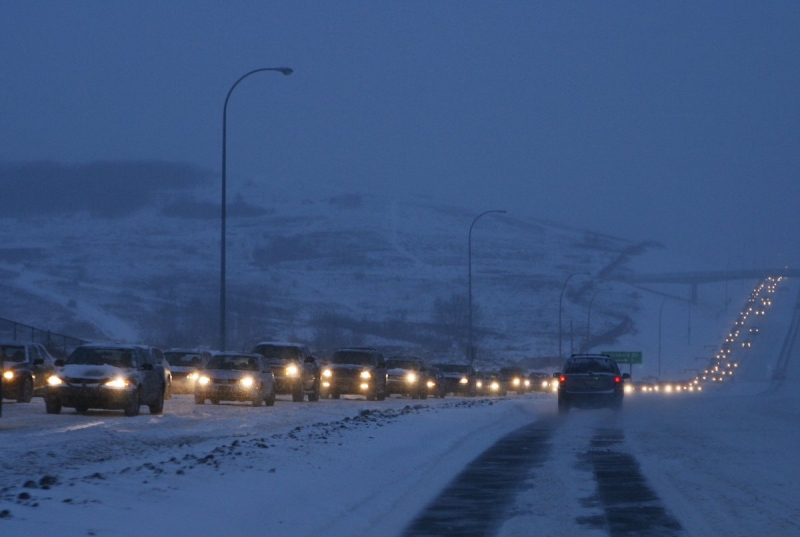
29. A nationwide strike of transport workers in France in 2007 forced Parisians to work with their elbows while trying to board the subway car.
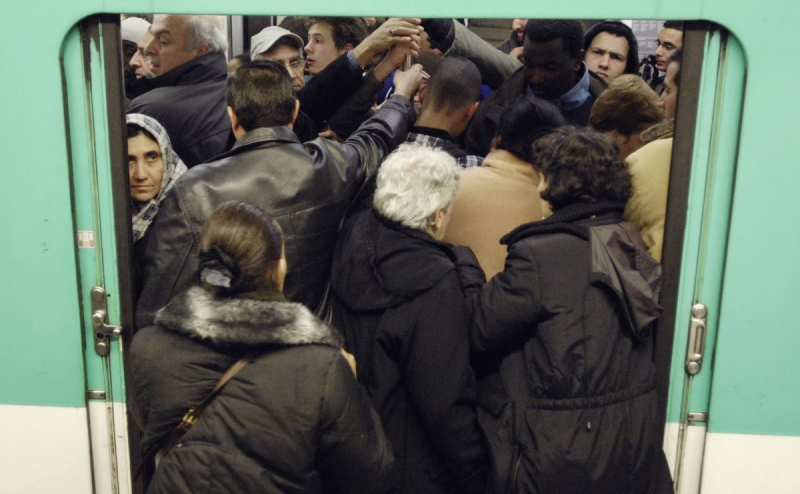
30. The situation with commuter trains was not much better.
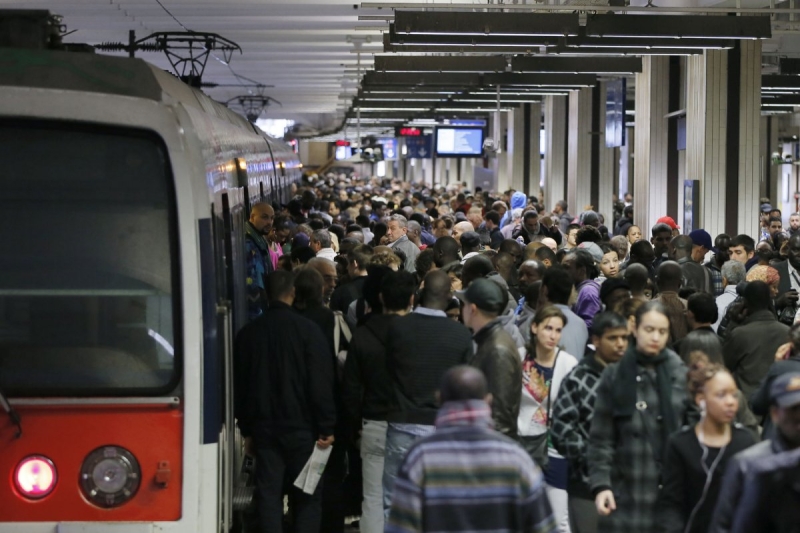
Source: thisisinsider.com

